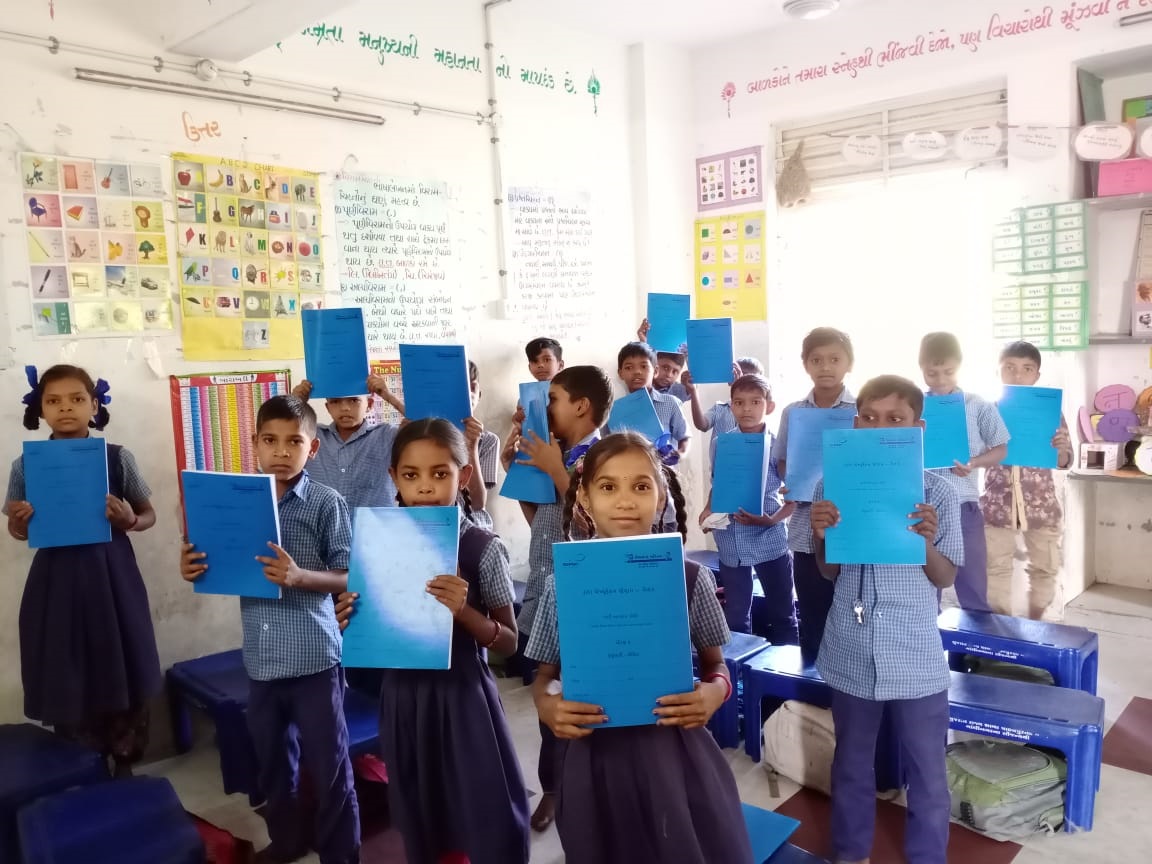Loading...
Higher education is often regarded as a gateway to a brighter future. In India, where millions aspire for quality education, financial constraints can pose a significant roadblock. This blog explores the challenges of financial hardships in the pursuit of higher education in India, supported by current data.
The Financial Landscape of Higher Education in India
India's higher education system has made significant strides in expanding access to education. However, financial barriers persist. Here's a closer look at the challenges:
1. Soaring Tuition Fees:
Tuition fees in Indian universities have been on the rise. For instance, in 2021, the average annual tuition fee for a Master of Business Administration (MBA) program in a top-tier Indian institute ranged from ₹7 lakhs to ₹25 lakhs.
2. Limited Scholarships:
While scholarships are available, they often fall short of meeting the financial needs of all students. In 2022, only 7% of Indian students pursuing higher education had access to scholarships, leaving a vast majority without financial support.
3. Student Loan Debts:
As a result, many students turn to loans to fund their education. The outstanding education loan amount in India reached ₹2.36 lakh crore (approximately $32 billion USD) in 2023, reflecting the growing reliance on loans.
4. Regional Disparities:
Financial disparities among states in India exacerbate the challenges. In states with lower per capita income, students face even greater financial hurdles in accessing quality higher education.
Consequences of Financial Hardships:
The impact of financial hardships on higher education in India is multifaceted:
1. Limited Access:
Financial constraints restrict access to higher education for deserving students, perpetuating inequality.
2. Quality Compromised:
Some students are forced to opt for lower-cost institutions, potentially compromising the quality of education they receive.
3. Mental Stress:
The burden of student loans and financial uncertainty can lead to significant stress and mental health issues among students.
4. Talent Drain:
Financial hardships may drive talented students abroad for education, resulting in a 'brain drain.'
Addressing Financial Hardships:
To mitigate these challenges, several measures can be taken:
1. Government Initiatives:
The Indian government has launched various scholarship programs, and the expansion of such initiatives could alleviate financial hardships.
2. Financial Literacy:
Promoting financial literacy among students can help them make informed decisions about loans and financial planning.
3. Collaboration with Industry:
Increased collaboration between universities and industries can lead to industry-sponsored scholarships and reduced tuition fees.
4. Philanthropy:
Encouraging philanthropic efforts can create more scholarship opportunities and reduce the financial burden on students.
While financial hardships remain a significant hurdle, the pursuit of higher education in India is not without hope. With the right strategies, increased access to scholarships, and collaborative efforts between stakeholders, we can ensure that every deserving student has the opportunity to pursue their dreams and contribute to the nation's growth. Education is the key to a brighter future, and addressing financial hardships is a crucial step toward unlocking that potential for all.












